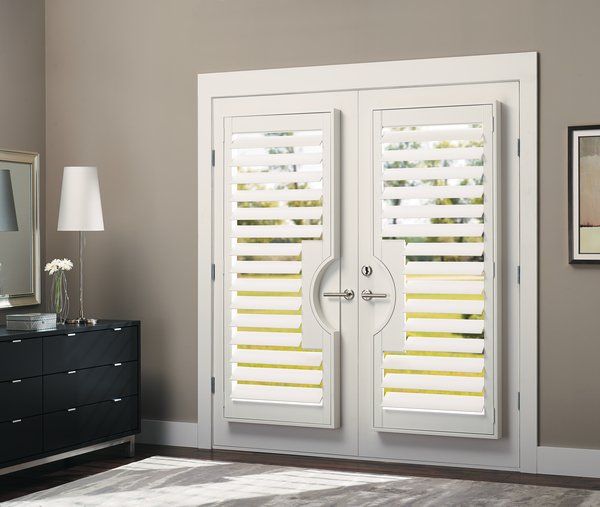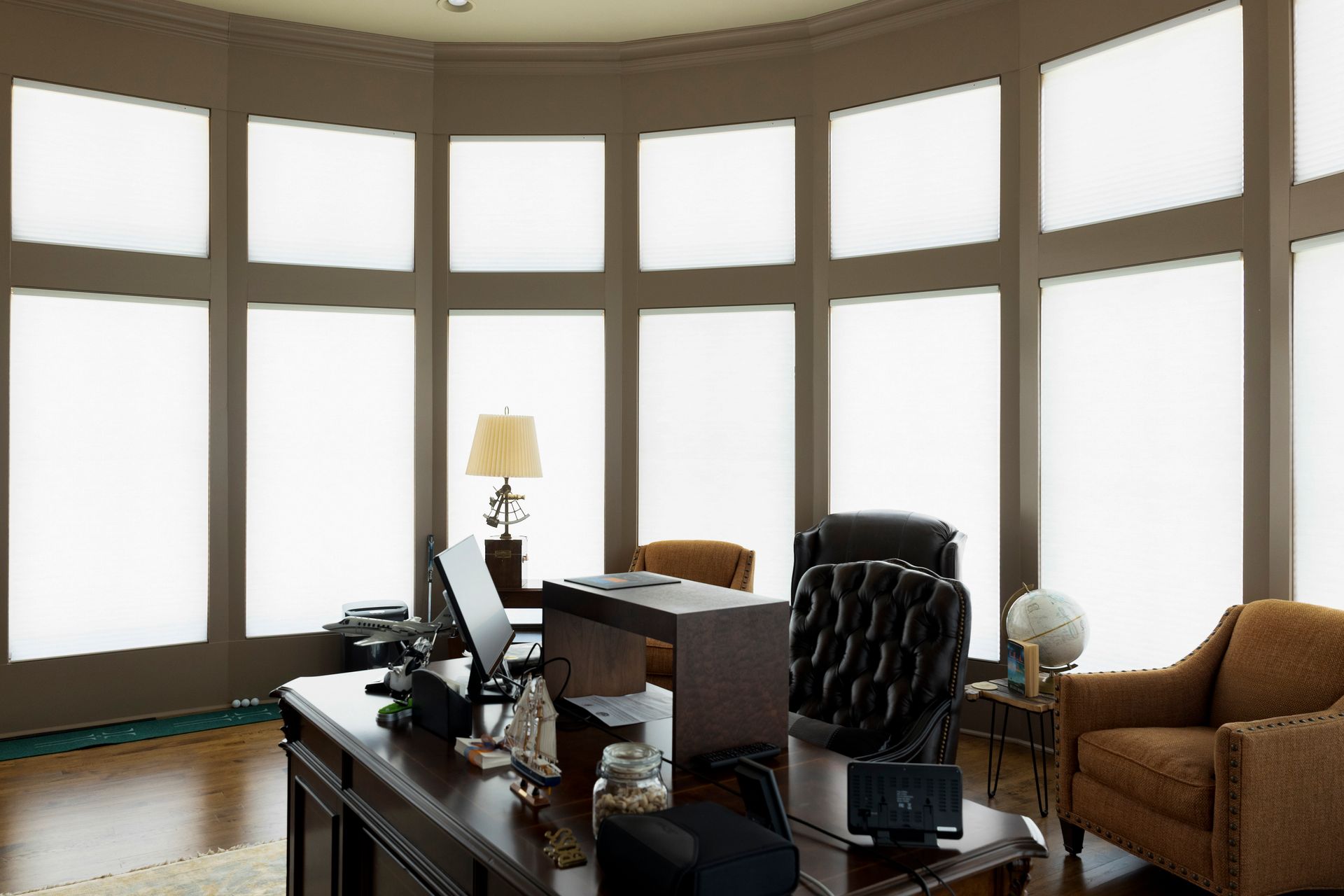
Whether you are moving into a new place, or want to update your current home’s look, picking out the right colors is important. And the color selection is not the only important thing; choosing the right shades of color is crucial as well. Your colors and shades will dictate other decoration choices, including your blinds and/or window treatments.
Furthermore, when it comes to white blinds, you need to pay close attention to the shade(s) you select. Why? Because even the color white can have undertones (or color tones that are only noticeable when placed alongside other color elements) that will either add or detract from the overall look of your room.
How, then, can you choose the correct shade of white for your window treatments? Here are some tips that can help.
Tip #1: Examine the Undertones
While a white sample at first glance may simply look, well, white , you can easily tell which undertone it contains by comparing it to a true white color element. Here’s one simple way to do so: place your sample against a sheet of white printer paper. You should be able to easily tell if it contains an undertone of brown, pink, yellow, or any other color.
Tip #2: Decide on an Undertone
Either before or after you examine your samples, you’ll need to settle on which undertone would work best for your decor. Ask yourself: which shade best matches the paint job and other elements in the room? Which shade would conflict with other elements? What colors do I want to pop out? Asking these questions early on can save you from having to redo your decorative choices in the future.
Tip #3: Test the Samples
Of course, choosing a shade in a store or over the Internet is one thing; but sometimes seeing how it plays out in your home is something else entirely! So make sure to test out the samples you’ve ordered first. Tape them up where the blinds would be, and see how they interact with the wall, trim, and other elements. Determine if your room’s lighting changes the desired effect at all.
Once you go through this process, one of two things will happen. Either you’ll feel much more confident about your choices, or you’ll see the need to make adjustments. Either way, you’ll be happy you tested your colors out first!
Tip #4: Avoid Yellow (in Most Cases)
One word about most scenarios that involve white blinds with yellow undertones: don’t. Think about using a cooler, or more neutral shade instead. Why do we say that?
Unless you are really, really looking for yellow to pop out in your color scheme, white with a yellow undertone will most likely make your blinds look dirty in comparison to the rest of the room. And the nicotine-stained look hasn’t been in style since… well, never!
Tip #5: When Unsure, Match the Trim
If you’re having difficulty deciding which white shade will look the best, a safe bet is to pick the one that most closely matches your trim. If you can find the exact color match for your trim, great. If not, simply line up your samples against the trim, and see which one is the closest fit. It’s hard to go wrong with window treatments that dovetail with the color of the trim!
If you’d like to learn more about how to choose the correct shade of white for your interior decoration, or would like to explore window treatment options that will match your style preferences, reach out to us today at Just Blinds, Inc. We’ll be happy to assist you!
Expert Advice by Just Blinds


